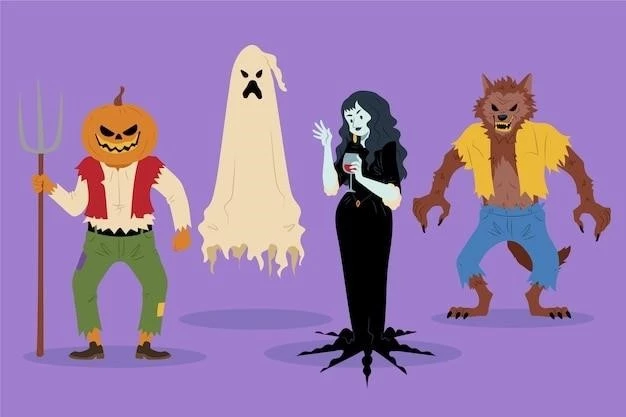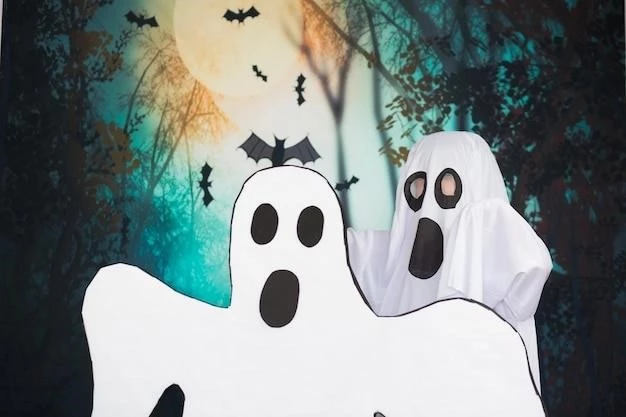The belief in ghosts, the spectral remnants of deceased individuals, has persisted across cultures and throughout history. Ghostlore, often intertwined with religious and spiritual beliefs, provides a rich tapestry of tales about these ethereal entities. While the scientific community remains skeptical, countless individuals claim encounters with these apparitions, fueling the enduring fascination with the spectral realm. This article delves into the diverse world of ghosts, exploring their purported characteristics and classifications.

Categories of Ghosts
Categorizing ghosts proves a complex task, as descriptions often vary depending on cultural context and personal interpretations. However, some common classifications emerge:
1. Residual Hauntings
Residual hauntings are often likened to psychic imprints on a location. These are not believed to be conscious entities but rather echoes of past events that have somehow been absorbed by the environment. They manifest as repetitive phenomena, such as:
- Unexplained noises: Footsteps, voices, or music seemingly emanating from thin air.
- Object movements: Objects moving inexplicably, often without a visible force.
- Recurring visions: Brief, fleeting glimpses of figures or scenes from the past.
Residual hauntings, unlike interactive entities, do not typically respond to human presence and are thought to fade over time.
2. Intelligent Hauntings
Unlike residual hauntings, intelligent hauntings are believed to involve conscious entities that can interact with the living world. These entities may retain some semblance of their former selves, exhibiting recognizable personality traits or memories. They are often associated with:
- Direct communication: Attempts to communicate through electronic devices, writing, or even direct speech.
- Responsive actions: Actions taken in response to the living, such as appearing when called upon or interacting with objects in the environment.
- Emotional attachments: Displaying attachments to specific individuals, locations, or objects from their past lives.
Intelligent hauntings are often the focus of paranormal investigations due to their interactive nature and potential for providing insights into the afterlife.
Types of Ghosts Based on Form and Behavior
Beyond these broad categories, folklore and personal accounts describe a variety of ghosts with distinct forms and behaviors:
1. Apparitions
Apparitions are perhaps the most commonly perceived form of ghosts. They often appear as translucent or semi-transparent figures, resembling their living forms. Their appearance may vary in clarity, ranging from fleeting glimpses to detailed images. Some believe apparitions are conscious entities attempting to communicate, while others consider them residual echoes of the past.
2. Poltergeists
The term “poltergeist” originates from the German for “noisy ghost.” These entities are notorious for their disruptive and mischievous behavior, often associated with physical disturbances such as:
- Object throwing: Unexplained movements of objects, often violent or targeted.
- Physical assaults: Reports of scratching, pushing, or other forms of physical contact.
- Environmental manipulation: Manipulation of temperature, lights, or other environmental factors.
Some researchers believe poltergeist activity may be linked to subconscious psychic energy rather than distinct entities.
3. Shadows
Shadow ghosts manifest as fleeting, dark shapes often glimpsed in peripheral vision. Their indistinct forms make identification difficult, and their nature remains a subject of debate. Some attribute them to tricks of the light or pareidolia, the tendency to perceive meaningful patterns in random stimuli. However, others believe they may represent a form of low-energy apparition or even demonic entities.

Cultural Variations in Ghostlore
Beliefs about ghosts vary significantly across cultures, influencing the types of entities reported and the interpretations given to their appearances. Here are a few examples:
- Japanese Yūrei: Often depicted as vengeful spirits bound to the earthly realm by unfinished business or a traumatic death.
- Celtic Banshees: In Irish folklore, a female spirit whose wail signifies an impending death in the family.
- Mexican Día de Muertos: A celebration of deceased loved ones, believed to return to the world of the living during this time.
These examples highlight the diverse ways cultures interpret and interact with the concept of life after death.
Conclusion
The world of ghosts remains shrouded in mystery and speculation. While scientific explanations for ghostly phenomena remain elusive, the persistent belief in their existence speaks to a deeper human need to understand death and the possibility of an afterlife. Whether viewed as residual energy, conscious entities, or cultural constructs, ghosts continue to fascinate and haunt the human imagination.










